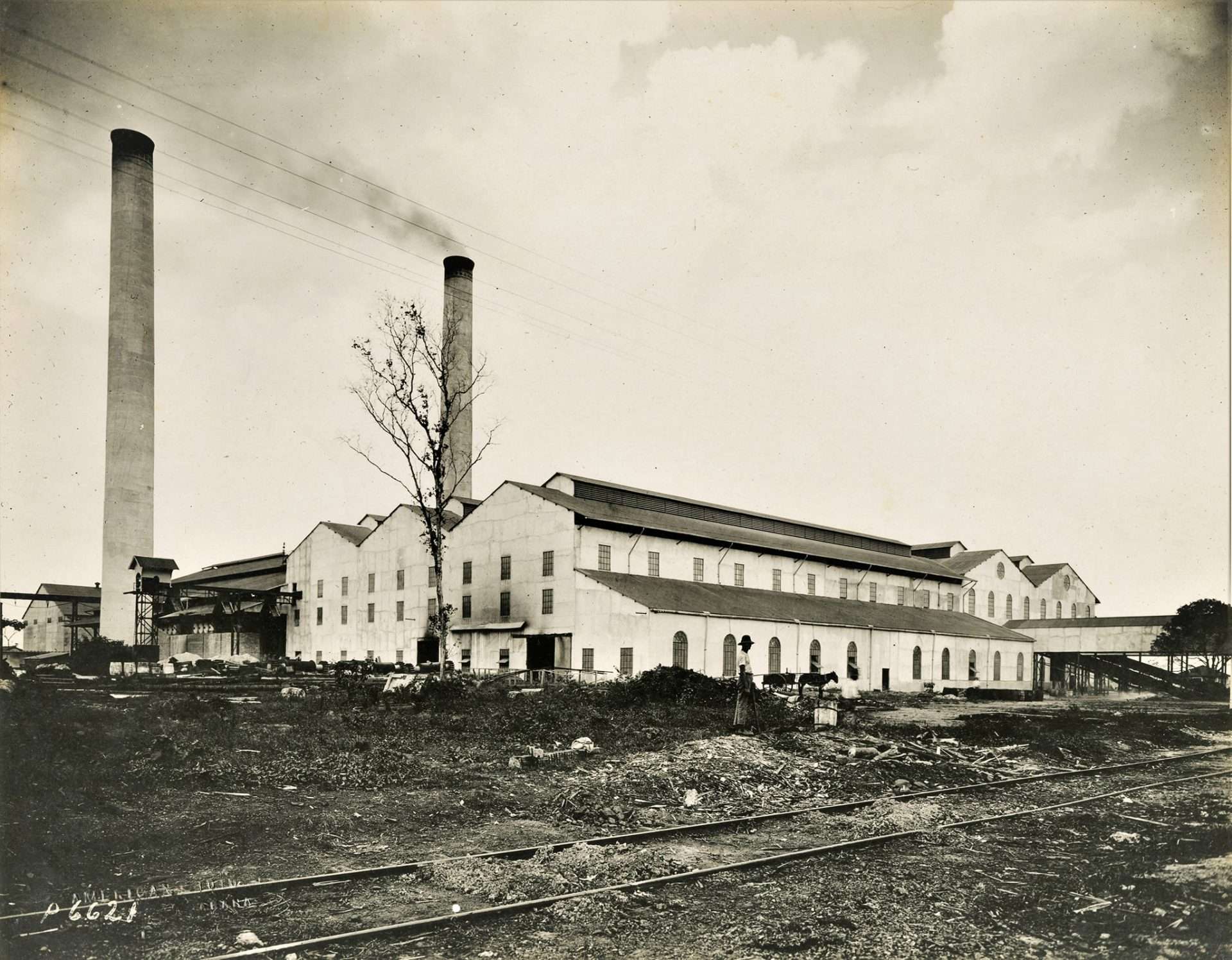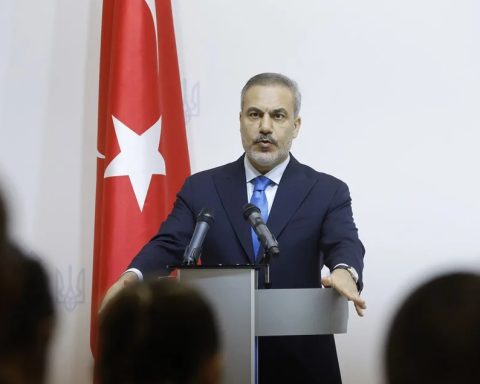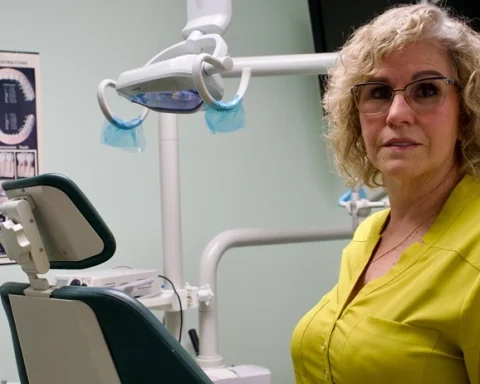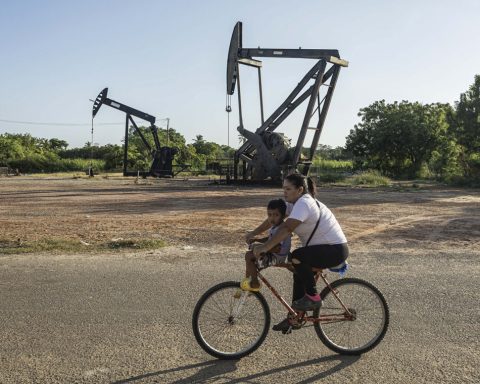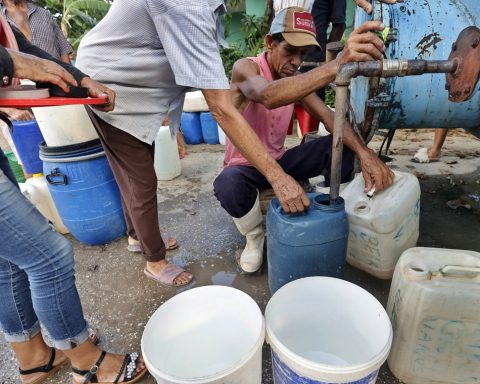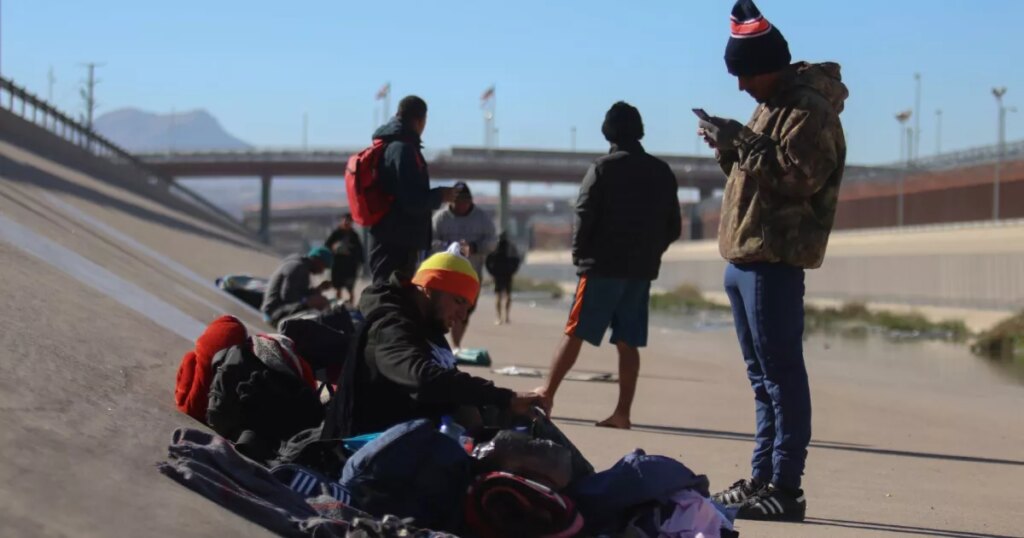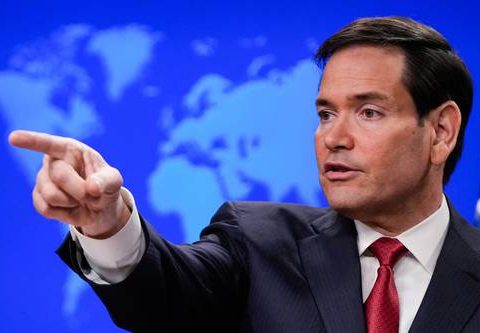The region of the old path from Júcaro to Morón, located in the center of Cuba, with its fertile lands, railways, ports and sub-ports, reached an unusual productive development during the first years of the 20th century.
Those plains, populated by extensive forests of precious woods, farms with various crops, and pastures where livestock recovered after the war, received an avalanche of investors. In barely three decades they built fourteen sugar mills.
Families continually arrived from different parts of the country and from other nations to settle in towns and bateyes in the area.
Near the factories, for the use of the executives of the companies that own the colossi, small landing strips were erected. Over time the use of aviation for commercial purposes expanded. This was the case, for example, in Cunagua, considered the sixth largest mill on the island, belonging to American Sugar Refining, founded in 1917 by Miguel González de Mendoza Pedroso and his son Antonio.
air tours
Miss Camagueya Ford brand biplane that was popular in the 1920s, was the first airplane to arrive in the town of Cunagua where, in 1929, the Servicio Cubana de Aviación company carried out conventional flights every weekend.
At that time, most of the town’s inhabitants worked in the sugar industry. According to studies by historian Héctor Izquierdo Acuña, disclosed in the monograph History of the Bolivian municipality. 1898-1959 (Ediciones Ávila 2011), the landing field was near the railway station.
It was customary then to organize area excursions. A flourishing business, although clearly for people with high purchasing power.
The desperate pilot
From there he took flight Miss Camaguey with a small group of tourists from the town. An anecdote is told about the event, staged in the place known as “El Basurero”. The Cunaguenses ran towards the landing strip so as not to lose any detail. The ship, after executing its route, returned. But he could not touch land: he was prevented by the assembled public.
They say that the pilot, desperate, signaled for them to withdraw, but his movements were interpreted as a greeting. And the people responded to him happily, without clearing the place. He enjoyed the novel show.
Finally, someone realized the trouble the aviator was in and evacuated the improvised field. He managed to land, amid the usual uproar of those present. The pilot promised never to return.
But this was not the only rural airport in the batey, as there was another one located on the land that the hospital occupies today, right in front of the offices of the Ministry of Agriculture.
New route
On the morning of October 30, 1930, a relevant event occurred. The plane that inaugurated the airmail service between the two cities left for Camagüey from Morón.
Later, at the end of 1947, the Aerolíneas del Norte SA service was inaugurated. The route, which carried cargo and passengers, included Morón-Camagüey, Morón-Mayajigua, with stops in Cunagua, Punta Alegre and Jaronú.
About the importance of the event, Suna newspaper from Morón, expressed, in its edition corresponding to January 2, 1948:
“In Morón, more than a comfort […] the services of Aerolíneas del Norte SA have come to fill a heartfelt need and partly solve the difficulties of our communication abroad and even with places in the municipality itself, such as Cunagua and Punta Alegre, which previously required a whole day for the trip roundtrip.”
In search of more information about Aerolíneas del Norte SA I consulted the newspaper archive Hummock. The company provided services with two Avro Anson model aircraft, a British-made multipurpose twin-engine monoplane, with capacity for eight passengers each. He also had a Piper brand plane.
In those days, the landing field was in the Patria mill, where the sugar company, and some wealthy settler, had small planes for private use.
That runway, at least until mid-1948, was used by the fledgling airline.

They only canceled one flight
From then on he had a piece of land located two kilometers from the city. The City Council, attentive to the progress of the town, granted a credit of 20 thousand pesos for the completion of the work.
In the mentioned year, Francisco Ruiz was the president of the Company. The pilots were Juan B. Viera and Ulises Aguirre, co-pilot Abel Hera. Inés Pereda, Captain Viera’s wife, at the Central Office, was in charge of all the paperwork, since she was an efficient multi-tasker. Dr. César Pérez Pérez, owner of a pharmacy, Esteban del Cueto, owner of Fotografía Cueto, Francisco Palmer and Juan Ramos, among others, also became involved in ANSA.
After seven months, the businessmen boasted of having transferred 4,885 passengers and 7 tons of merchandise. And something worth imitating: they only suspended one flight.
Let’s go back to Cunagua. The colleague Héctor Izquierdo Acuña adds that there was another line that stopped there. It was named “Aerovías Q” and “its planes, which covered the distance between Havana and Holguín —with stops in Caibarién, Cunagua, Camagüey—, gave daily trips in both directions. The cost of the ticket to Havana was 43 pesos. In the 1950s Víctor Viña Méndez was the representative in Cunagua of both airlines”.
